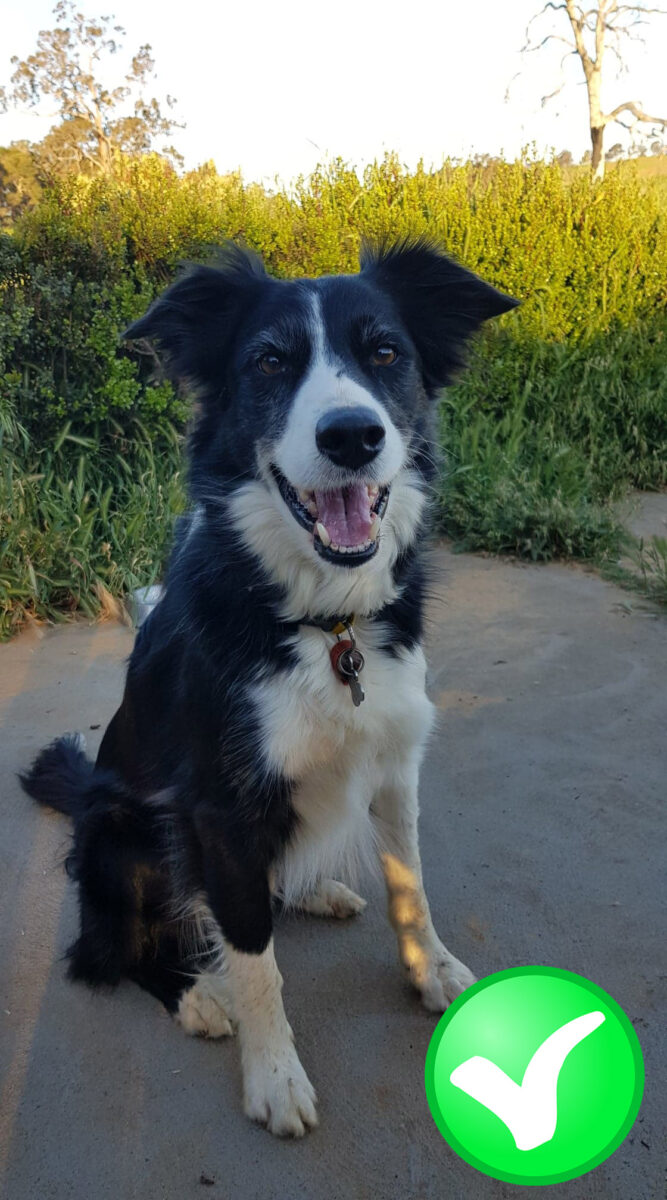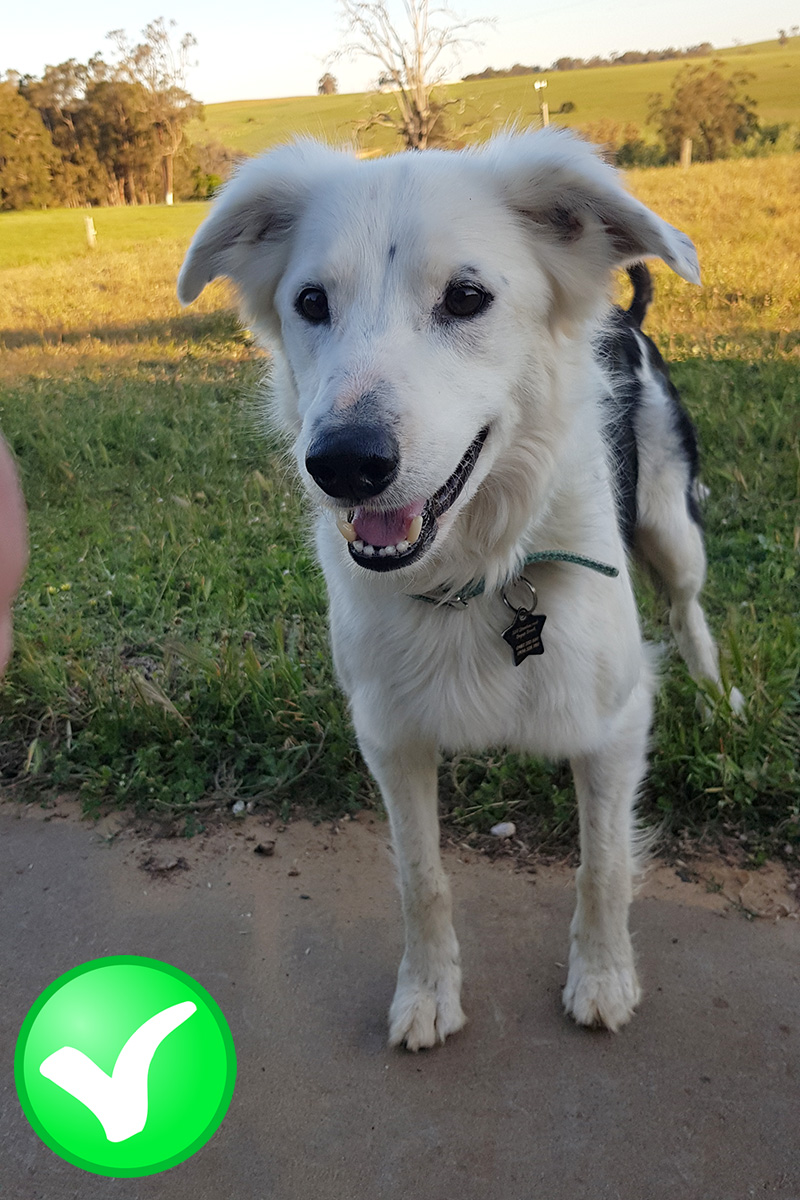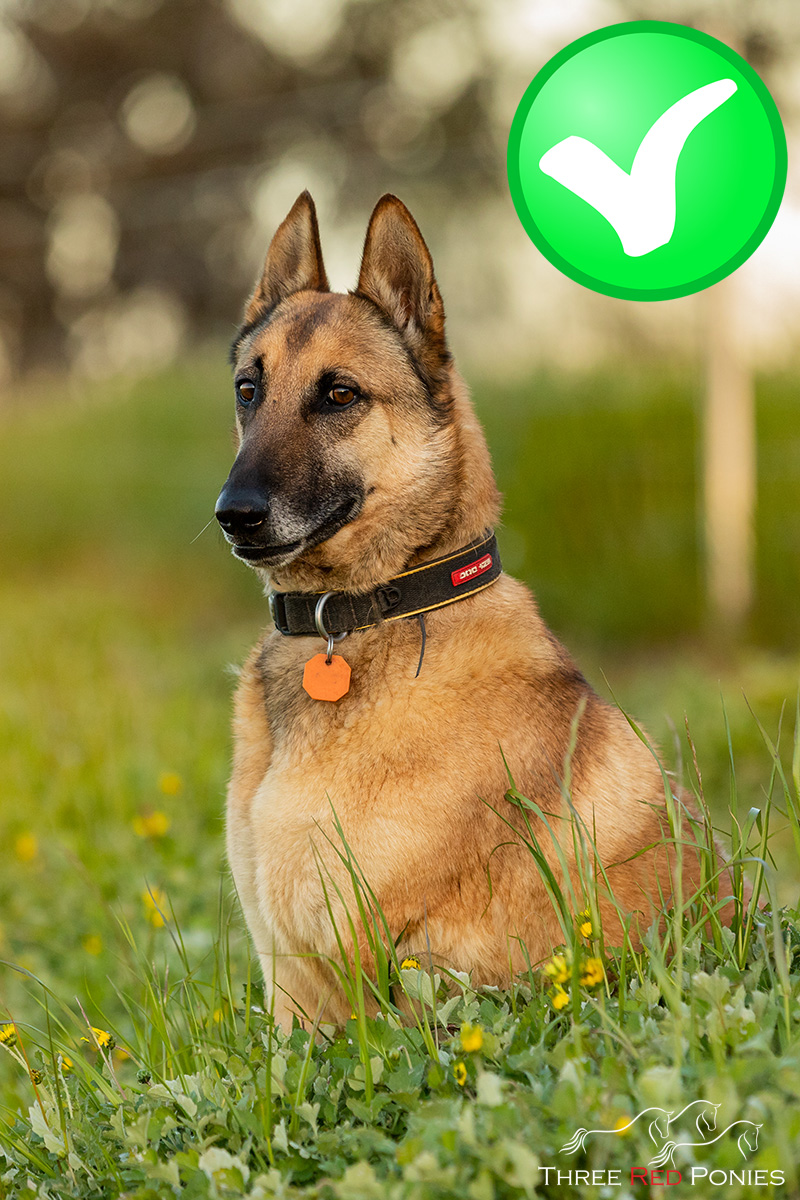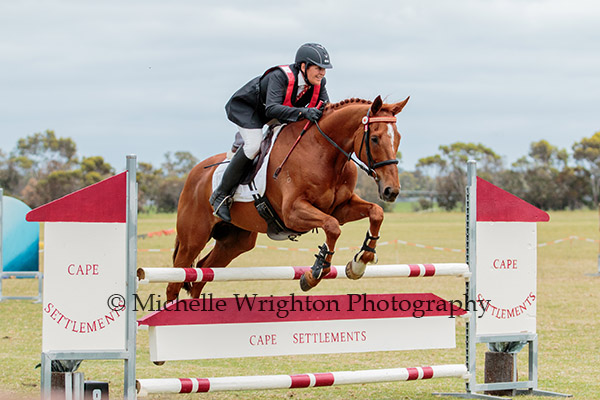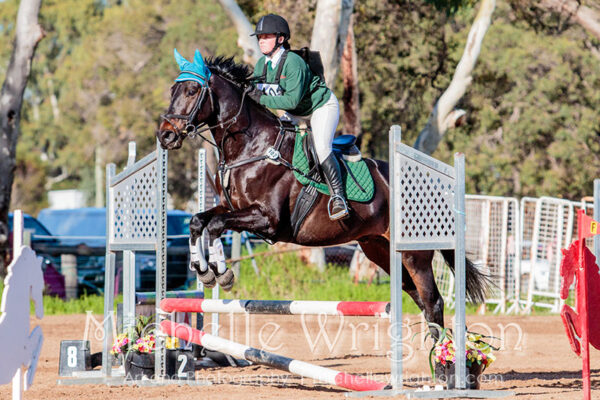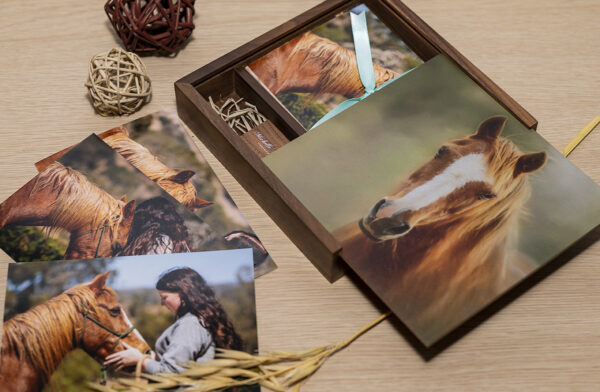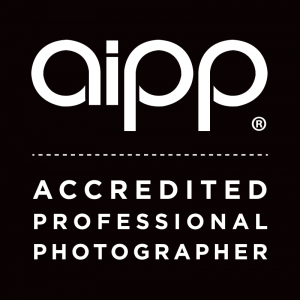One of the most important things for any artist is to have good quality reference photos to work from – the quality of the finished painting depends on it!
While I can create a painting of ‘a’ horse or ‘a’ dog from an average photo – to create a painting of your special horse or dog, I need to be able to clearly see the details in their features and accurate colouring/markings in order to paint an accurate likeness.
This doesn’t mean you need to have professional quality photos – although if you are in Western Australia I do offer a quick, cost effective service for this purpose.
It simply means that the reference photo should be in focus with a nice pose, no distortion of their features and good even lighting that shows the details of their features, colours and markings.
If you do have a photo taken by anyone else but yourself, to comply with Australian Copyright Laws I will need written permission from the photographer to paint the photo.
I ask clients to send me multiple photos to choose from as there are some things in photos that do not translate to a painting well. The painting will be based on the photo with the best pose but I can take accurate colours and markings from other photos.
It may be possible to use artistic licence and work with lower quality photos in some circumstances (such as when a pet has passed), but this does take much more time to paint and increases the cost of the painting so the following are a few common problems and tips on how to avoid them when taking or selecting the best photos as reference for your painting.
The Best Reference Photos
- Are evenly lit with natural light positioned behind the photographer.
- Look how you picture your pet when you close your eyes and think of them.
- Taken from your pets eye level.
- Show no distortion in features.
- Have the subject as the main focus and fills 3/4 of the photo.
- Are high resolution, no filters/edits and uncropped/full size from the camera.
- Are in focus and not blurry or pixelated.
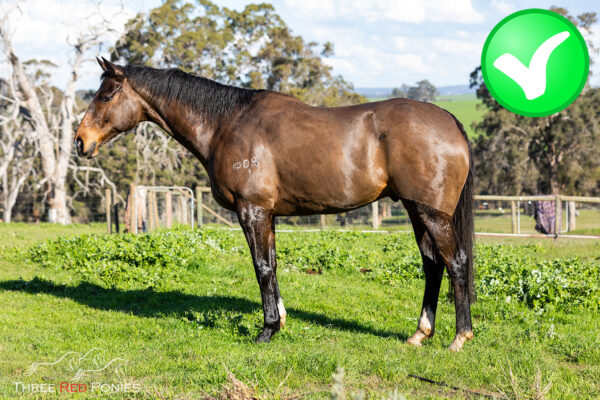
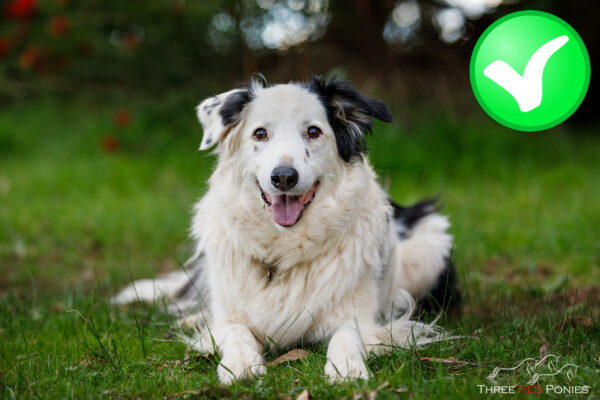
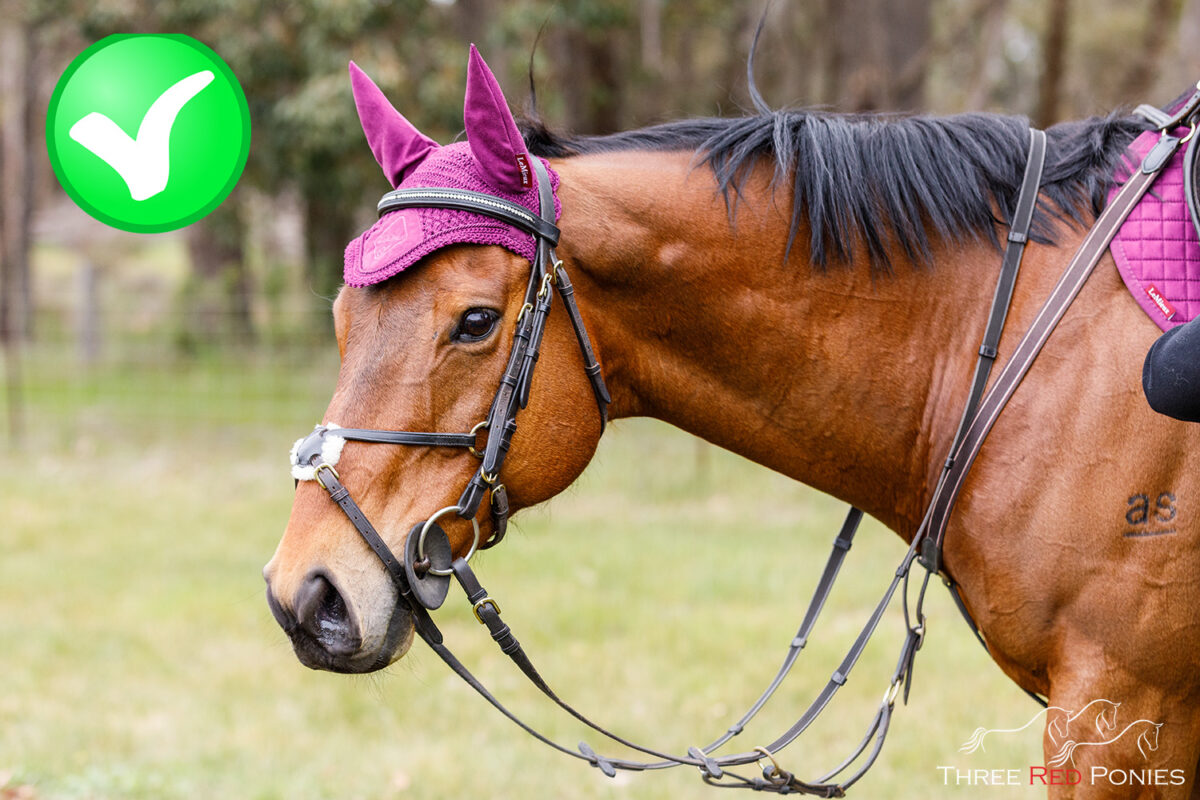
Common Problems
Common problems include unflattering distortion of features, poor lighting (dark areas with no details/too much shadow, light areas with no details/too much light), blurry/out of focus, squinting or closed eyes, awkward pose.
Distortion
To Avoid Distortion in features ( this is particularly important with phone cameras):
- Take the photo from the pets eye level – either sit or lie on the ground or lift small pets up on a chair or table. Photos taken looking up or down at your pet can cause unflattering distortion (long nose/big head/little body) that doesn’t translate well to a painting.
Also consider that a photo of your small pet looking up at you looks cute when you look down at it on your phone in your hand – but may look odd in a painting hanging on the wall at or above your eye level as your pet will be looking towards the ceiling.
- Take a step back. Add a little bit of distance between the camera and the subject while keeping them at about 3/4 of the viewfinder area.
- Make sure the camera lens is parallel to your pet – angling the lens up or down will also cause distortion in their features. This is particularly important for full body photos and reference photos of horses (More horse specific photo tips can be found HERE).
The photos below show unflattering distortion in nose, muzzle, head and ears as a result of wide angle phone camera lens, taking the photo from the wrong angle or not enough distance to the subject.
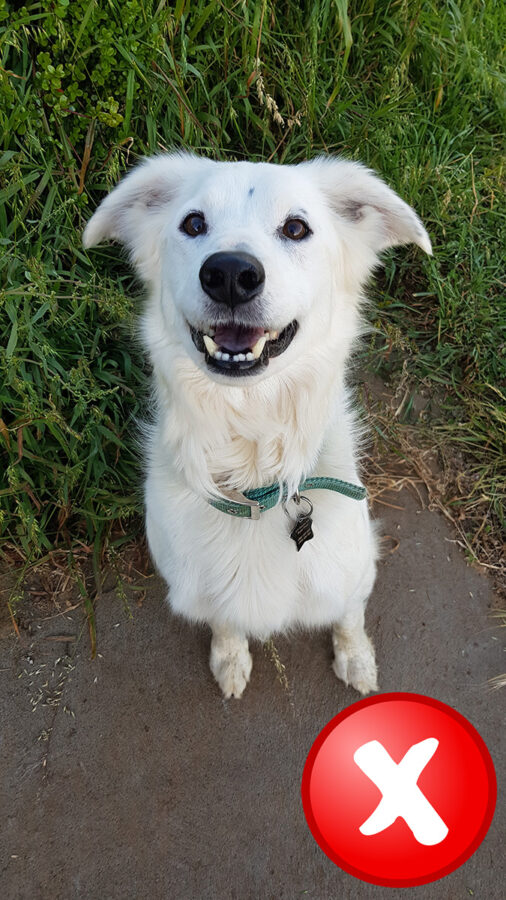
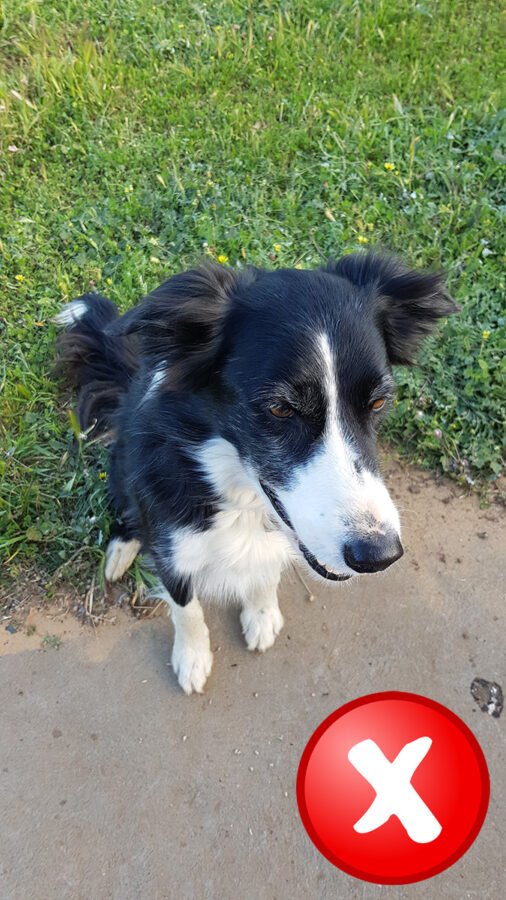
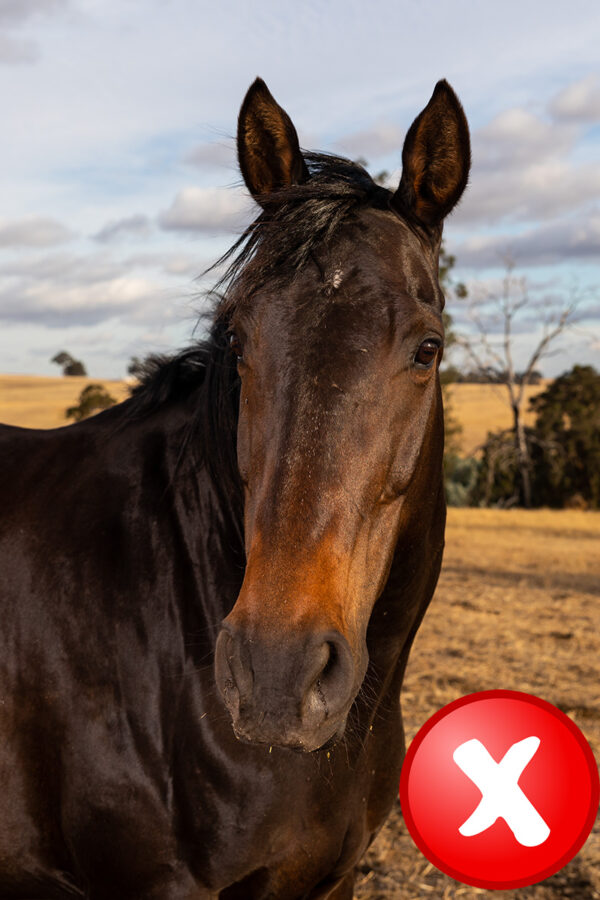
Exposure and Lighting
Photos that are not well exposed are either too dark or light to see enough details in.
Natural lighting is best for photos, while avoiding bright mid day sunlight as it creates unflattering shadows, makes the subject squint and alters the true colours.
Overcast days with solid cloud cover are perfect for photography. You can also position the subject in open, even (not dappled) shade such as the edge of a verandah or building and stand with the sun behind you to take the photo.
If taking photos indoors, position the animal facing a big, well lit window to evenly light their face and body and position yourself with the light behind you.
Camera Flash
Avoid single on-camera flash because it flattens and distorts the features of the face. I can work with red/glowing eyes as long as I can see the shape of the eyes and have another reference photo that shows the correct colour.
The examples below are under-exposed (too dark) and over-exposed (too light).
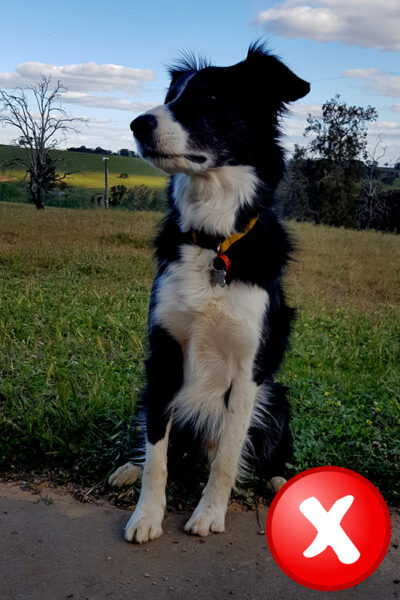
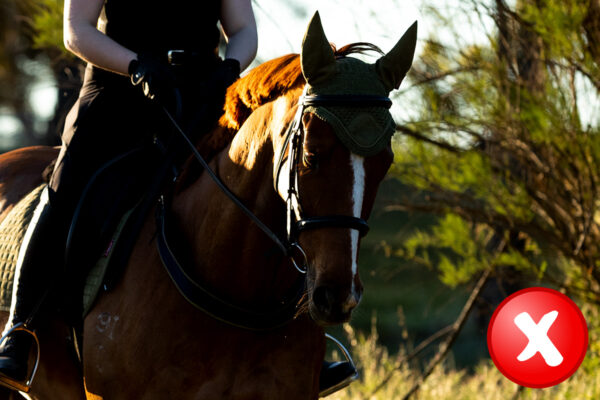
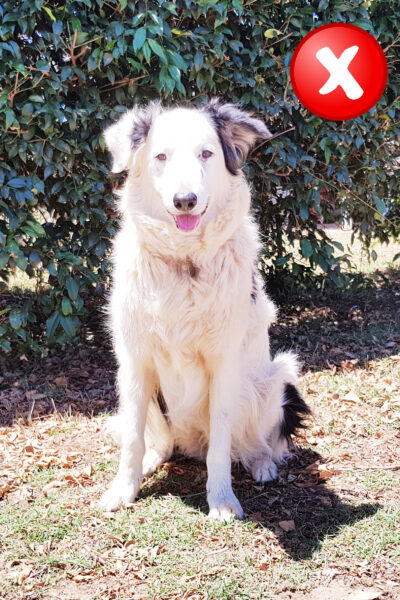
Posing
The best poses for dogs and cats are when they are looking directly at the camera or a 3/4 profile where they are looking off to one side with both eyes still visible. For horses, take the photo from the side, just in front of the horses shoulder with the horse looking directly ahead for a full side profile or looking in your direction but slightly to the side.
Animals are hard to photograph by yourself, so I suggest enlisting a friend or family member to help position them and keep their attention and get nice facial expressions with treats or a noise maker/toy.
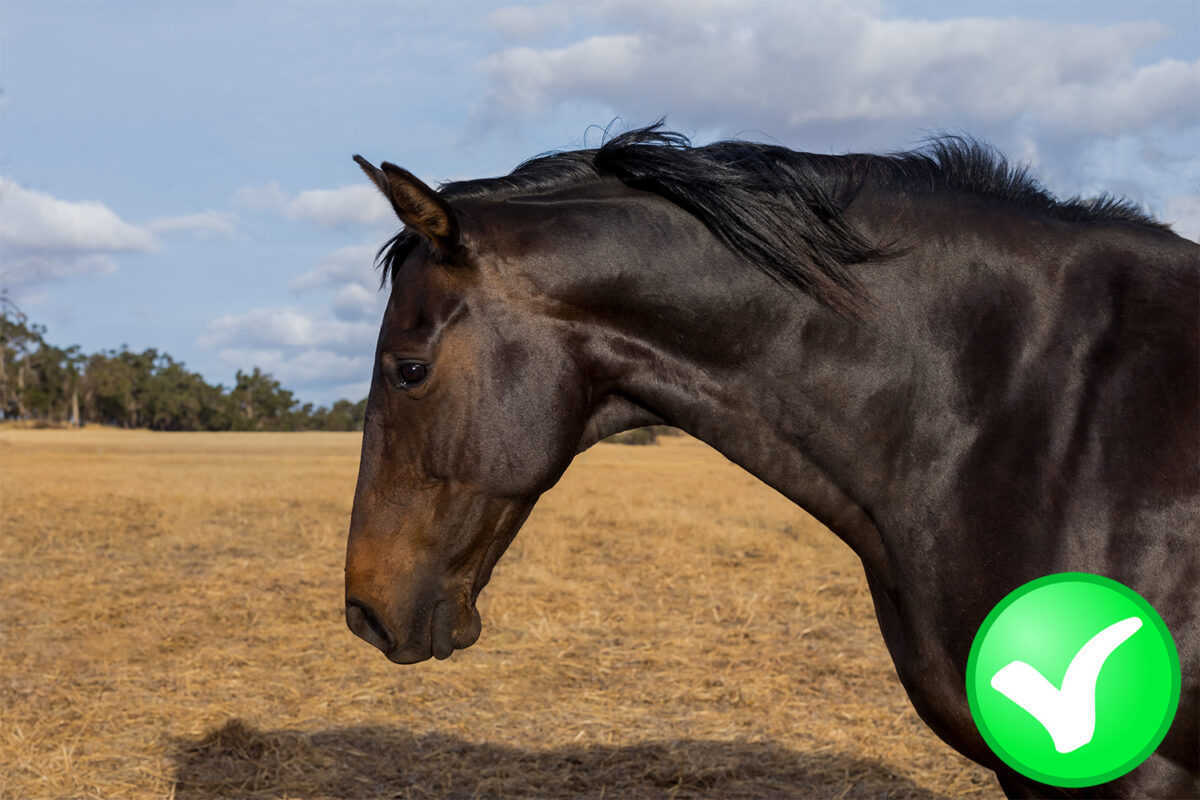
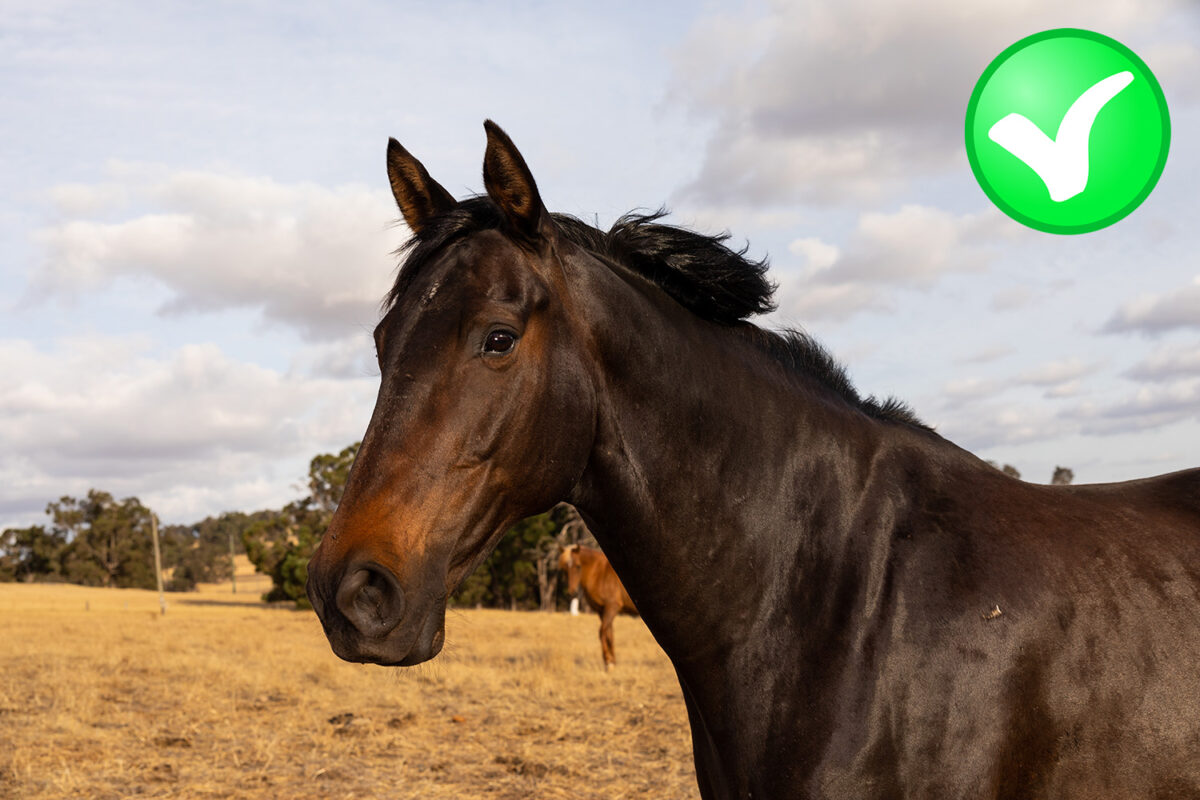
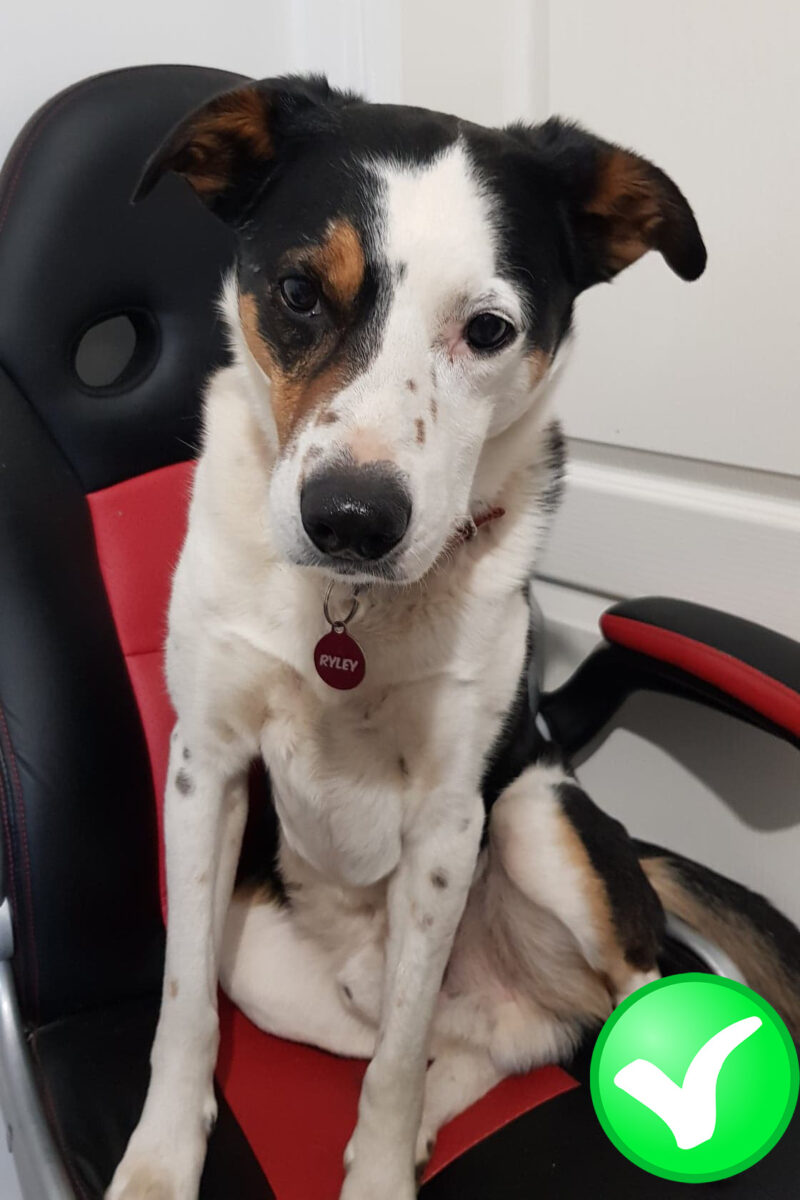
Multiple Pets
If you are ordering a painting with multiple pets, it is not necessary for them to all be in the one photo – its actually preferable if you send good quality individual photos as long as each has similar lighting and with posing that is suitable to combine them together in a pleasing, natural composition.
Other Considerations
Set your camera (or phone) to take the largest size and resolution photo possible. Please send me the original full size unedited photo (no filters, edits or cropping) so I have the most amount of detail to work from.
If the only photos you have are small it is unlikely they will have enough detail for a large painting.
Remove bridles, halters, bulky collars, harnesses, rugs, clothing or other items that cover what you want painted.
Take multiple photos, especially if you are using a phone camera as it is not easy to see on a small screen if it is blurry or if the pet is squinting their eyes. The more photos the better as this will give us plenty to choose the best from!
Pets That Have Passed Away
I have created many portraits of pets who have sadly passed away and know that photos may be limited. Please send me as many photos as you can and I will let you know if it is possible to create a painting from them before I accept your commission.
Still Not Sure?
If you are not sure which of your photos will make a great reference for your pet portrait painting, upload as many as you have and I will go through them with you and let you know which one will be the most suitable to use as the main reference.
Photos can be uploaded when you complete your Commission Questionnaire or separately here: Photo Upload.
The first two photos below are taken with a phone camera and while there is some distortion in the legs as they are further away from the camera, there is little distortion in the facial features so these would be suitable for a head and neck portrait painting.
